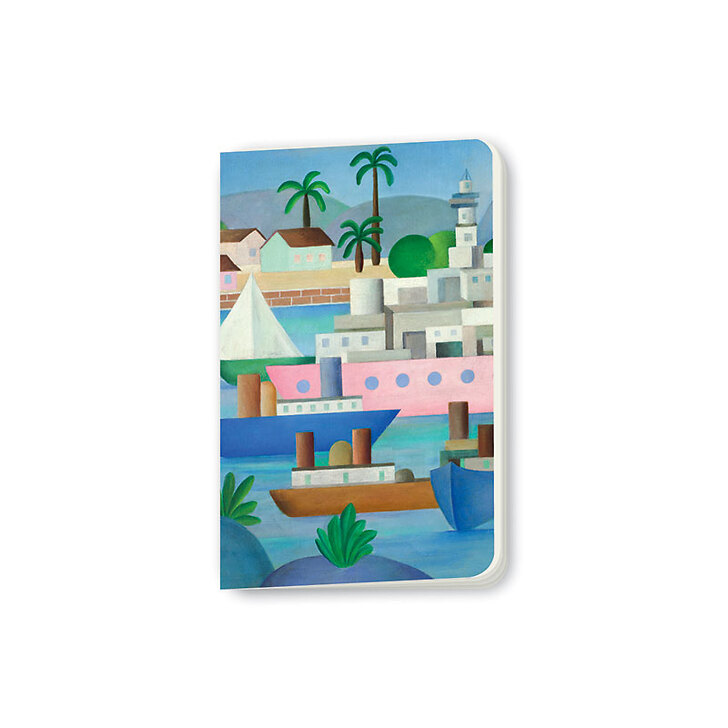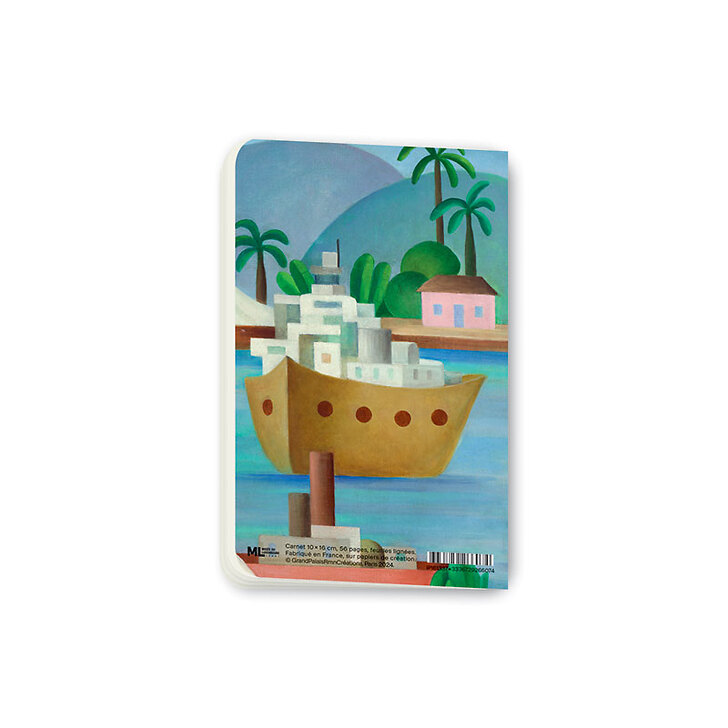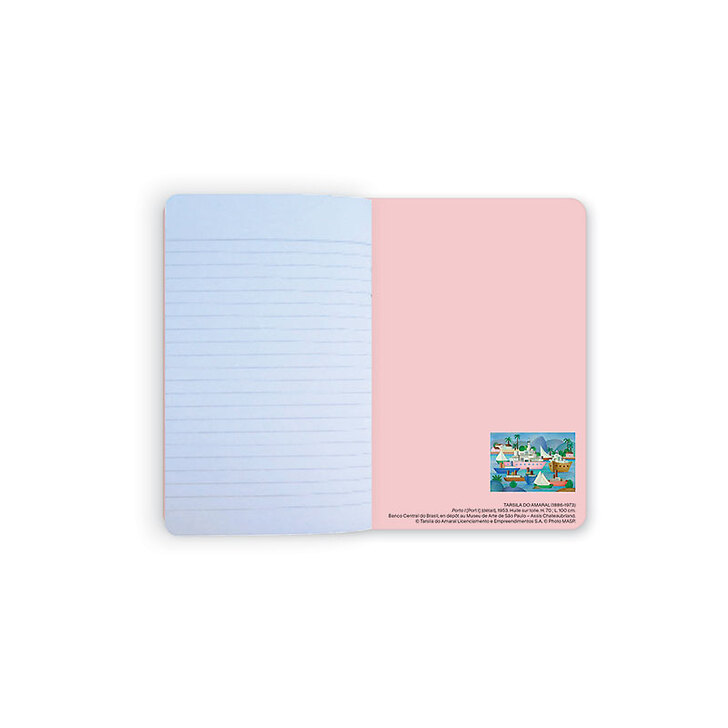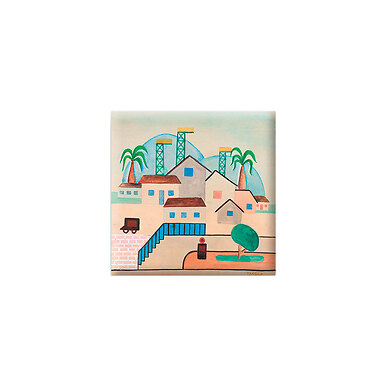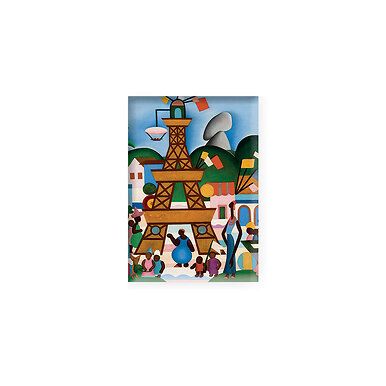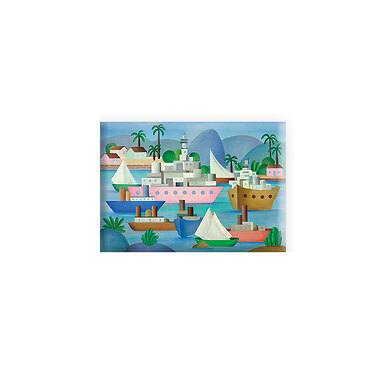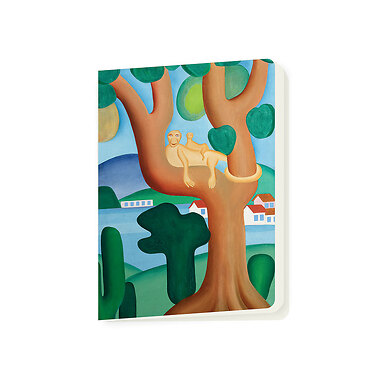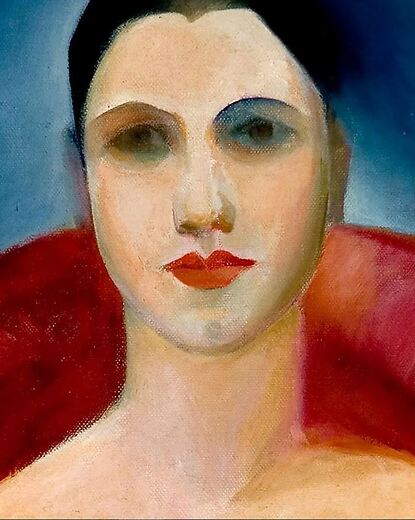Small Notebook Tarsila do Amaral - Porto I, 1953
IP161337
This notebook was published on the occasion of the exhition "Tarsila do Amaral Painting modern Brazil" at musée du Luxembourg from October 9, 2024 to February 5, 2025
Tarsila do Amaral (1886 - 1973)
Porto I (Port I) (detail), 1953
Oil on canvas. H. 70 x L. 100 cm
Banco Central do Brasil, in deposit...
Read more
This notebook was published on the occasion of the exhition "Tarsila do Amaral Painting modern Brazil" at musée du Luxembourg from October 9, 2024 to February 5, 2025
Tarsila do Amaral (1886 - 1973)
Porto I (Port I) (detail), 1953
Oil on canvas. H. 70 x L. 100 cm
Banco Central do Brasil, in deposit at Museu de Arte de São Paulo - Assis Chateaubriand
© Tarsila do Amaral Licenciamento e Empreendimentos S.A
© Photo MASP
Notebook 10×16 cm, 56 pages, lined pages.
Made in France, on fine arts paper.
© GrandPalaisRmnCréations, Paris 2024
Close
Sold by GrandPalaisRmn

